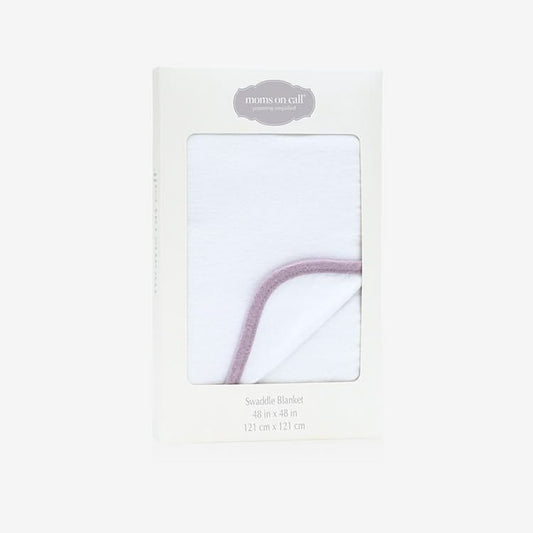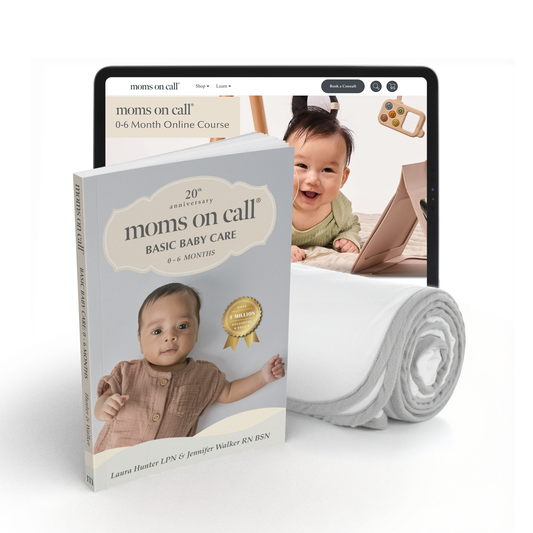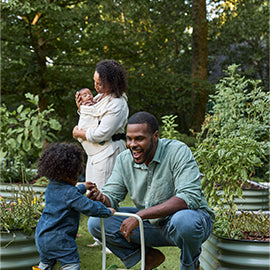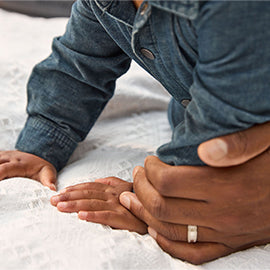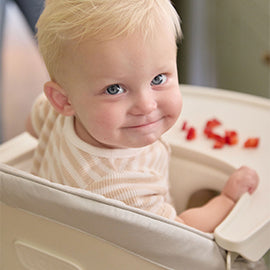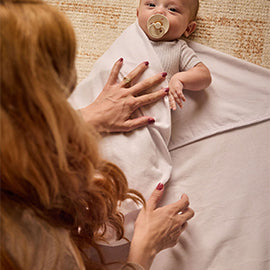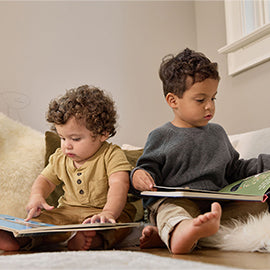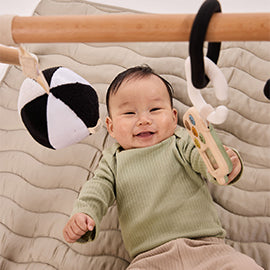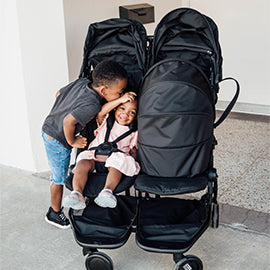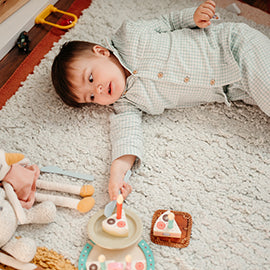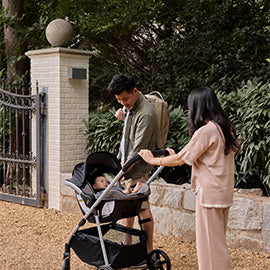Discover the effective adjustments in communication that can help strengthen your familial bonds, reduce frustration, and increase your joy as parents. Let’s make every moment with your toddler count!
When communicating with our toddlers, keeping it simple and giving clear directions is essential.
Communicating with toddlers is all about engaging their senses! Start by gently touching their shoulder, making eye contact, and calling their name. Then, explain what’s about to happen and how they should react in simple, 2-3 step commands. Keep an eye on your words – directions should be brief and concise. Remember, communicating with your little ones can be loads of fun and a great way to bond!
Here is an example of what we often do as parents that leave us feeling more frustrated when trying to get out the door with our toddler:
Getting out the door with a toddler can be a real struggle sometimes. We’ve all been there, trying to rush out while our little ones play nearby. But how do we tell them it’s time to go without causing a meltdown? Here are some tips to help avoid the confusion of communicating time to your toddler.
First, staying organized and prepared before announcing it’s time to leave is important. Toddlers don’t quite understand time, so telling them it’s time to leave when we actually have more prep to do can cause frustration. Instead, try giving them a heads-up a few minutes before you’re ready to go, so they can start mentally preparing.
Another way to make it more engaging for your little one is by incorporating a fun activity for them to do while you’re gathering your items. Maybe it’s a quick “I Spy” game or singing a silly song together. This gives them something to look forward to and helps keep them occupied while you get ready to leave.
By implementing these tips, you can make getting out the door with your toddler a little less stressful and more fun.
So, we give clear direction in just 2-3 simple sentences.
Let me show you two examples of how to get your toddler in the car without the usual struggle.
First, engage with them by making eye contact and touching their shoulder. Then, give a simple 2-3 step command like “Put your shoes on, play your favorite song, and we’re ready to rock.”
Once they’re ready, lead the way straight to the car and let the exciting sound of “vroom vroom” take over!
Remember, it’s not about explaining why they need to get in the car but about being a Clear, Confident, and In Control parent! Let’s get the little ones excited and get going!
Another Moms on Call communication technique that will transform your household is watching the verbiage you use to communicate with your toddler.
As parents, we’ve all probably said “OK?” to our little ones when giving directions. It’s a habit we’ve picked up from our grown-up world, which simply means, “Do you understand?”. But for toddlers, “OK?” is like a code word for “optional” or “Do I have a choice?”.
And you know what happens when we use “OK?” with a rising tone? We unintentionally turn our clear instructions into vague requests. So, when we say something like, “Time to get ready for bed now, OK?” our little ones think bedtime is up for debate and say “no” every single time.
But worry not! We have a better way to get your child ready for bed. Next time, try saying something like this instead: “It’s bedtime! Let’s go upstairs for a bath, brush teeth, and read your favorite bedtime story together.” Trust us. Your child will be more than happy to follow your lead – without any confusion or tantrums.
We give our instructions with confidence. We believe in our child’s ability to do what we ask them. Lastly, we follow through with the instructions we set in place for them. Families thrive when the parents are clear, confident, and in control! You’ve Got This!
Check out the Moms on Call Toddler Online Video Course, which includes simple ways to communicate with your toddler in a way that brings out the best in them! The toddler online course also covers tips for managing sleeping, feeding, tantrums, hitting/biting, the “no” stage, potty training, and much more.
